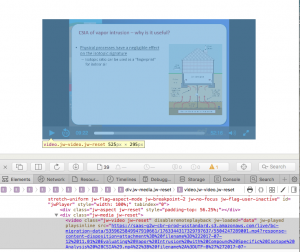While trying to Jailbreak an iPad 4 (32-bit iOS device) running 10.3.3, the following steps helped:
1. Download Cydia Impactor.
2. Download h3lix jailbreak.
3. Launch Cydia Impactor and drag and drop the h3lix IPA on to Impactor’s only window.
4. When prompted by Impactor, log in with your AppleID, preferably one that doesn’t have two-factor enabled, but there are ways around this even if you do (either set up a new temporary iCloud account or try these instructions with two-factor enabled).
5. After h3lix is installed on your device, tap Settings -> General -> Device Management. You then see a profile for the developer under the “Enterprise App” heading. Tap the profile to establish trust for this developer. You’re then prompted to confirm your choice. Or watch a video on how to do it.
6. Tap on h3lix to let it jailbreak your device (don’t worry if you get the error message “PLIST.HPP:201”)
7. Open Cydia, search for “Apple File Conduit “2””, install it, and the “Restart Springboard”.
8. After your device reboots, tap Cydia and let it do a Complete Upgrade.
All should be well. I ran RC5, which seems to be pretty mature now. Will report back if its buggy.
** UPDATE ** Tried to use iMazing to sideload a tweak using these instructions, but still no dice:
Alternate Ways To Install .deb file
Ssh your iPhone and make a folder called AutoInstall in/var/root/Media/Cydia/ so you have /var/root/Media/Cydia/AutoInstall which is case sensitive and drop this debs file in the autoinstall folder, respring and reboot your iPhone.
**UPDATE 3-4-2025 **
Revisited this approach and it appears to be broken. Am now trying Socket, available here:

